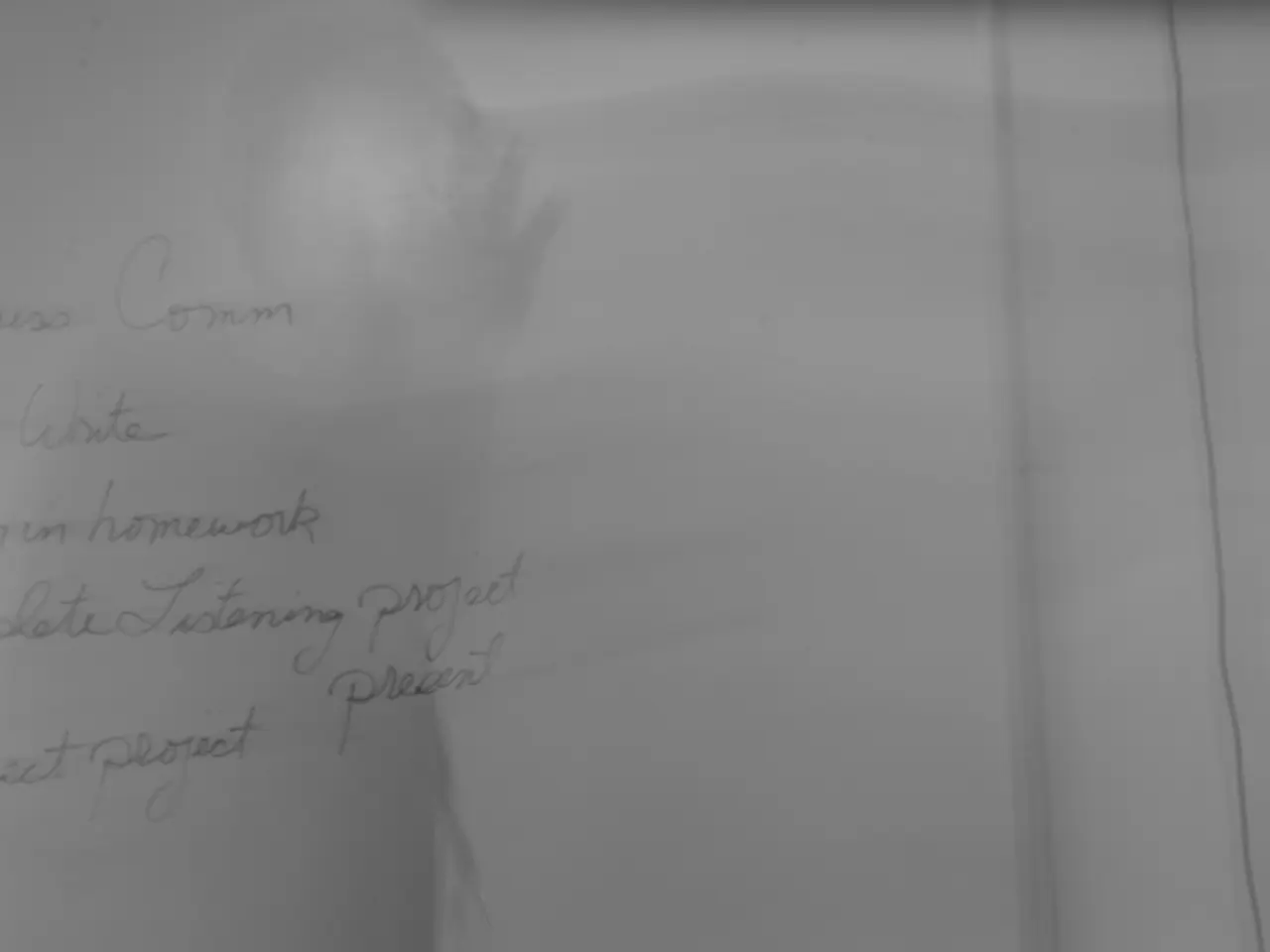Innovations Classification: Novel Designs and Discoveries
In the realm of intellectual property, Controlled Unclassified Information (CUI) can be related to inventions, particularly those that are patentable under U.S. laws. This article aims to guide you through the key source documents that help understand the handling and protection of CUI in the context of patents and related legal frameworks.
The foundational source for CUI authorities across all federal agencies, including those dealing with intellectual property and patents, is 32 CFR Part 2002. This set of regulations establishes the official rules and framework for CUI, defining how it must be marked, handled, and protected.
The National Archives and Records Administration (NARA) oversees the implementation of the CUI program and publishes the CUI Registry, which lists categories of CUI and the authorities that apply to each. The legal authorities referenced there include statutes, regulations, and executive orders that govern CUI.
For government contracting regulations, including those relevant to patents and proprietary technical data, the Federal Acquisition Regulation (FAR) and agency-specific supplements such as the Homeland Security Acquisition Manual (HSAM) govern the protection and handling of CUI. These include clauses mandating compliance with CUI policies, which cover controlled technical information potentially found in patent applications or related materials.
In the context of defense-related contracts, the Cybersecurity Maturity Model Certification (CMMC) requirements come into play, as they include obligations related to protecting CUI. While primarily focused on Department of Defense contractors, these reflect current regulatory emphasis on safeguarding CUI, including patent-related technical data shared in sensitive contracts.
When it comes to the Basic category under CUI, which includes inventions, additional regulations can be found in 37 CFR 401.13(c)(3)-(5). These regulations provide details about the source documents for CUI authorities in the Basic category. Similarly, 48 CFR 27.302 and 48 CFR 27.305-4 are regulations that also pertain to the Basic category and offer guidance on banner marking CUI.
In the federal government's system, inventions are categorised under 'INVENT'. The Safeguarding and/or Dissemination Authority for the Basic category under CUI is 35 USC 205, with banner marking CUI and sanctions outlined in 35 USC 186 and 35 USC 187. An alternative banner marking for basic authorities, 'CUI//INVENT', is also used.
In summary, to locate documents relevant to CUI authorities in the context of patent law specifically, one should start with 32 CFR Part 2002 for the overall CUI framework regulated by federal agencies. Consult the NARA CUI Registry to identify specific legal authorities (statutes and regulations) cited for categories relevant to patent data. Review FAR and agency supplements like the HSAM for contractual clauses and policy directives that impose requirements on contractors handling CUI, including patent-related information. Check Department of Defense policy and CMMC frameworks for additional requirements on CUI protection if the patent information is related to defense contracts. For precise legal references and how they intersect with patent information, consulting the primary regulatory texts and NARA’s official CUI Registry is essential.
Science and technology are areas that can potentially fall under Controlled Unclassified Information (CUI), especially when it comes to patents related to inventions that are patentable under U.S. laws. To understand the handling and protection of CUI in these contexts, it is crucial to refer to the Federal Acquisition Regulation (FAR) and the Homeland Security Acquisition Manual (HSAM), which outline the protection and handling of CUI in government contracting regulations.




